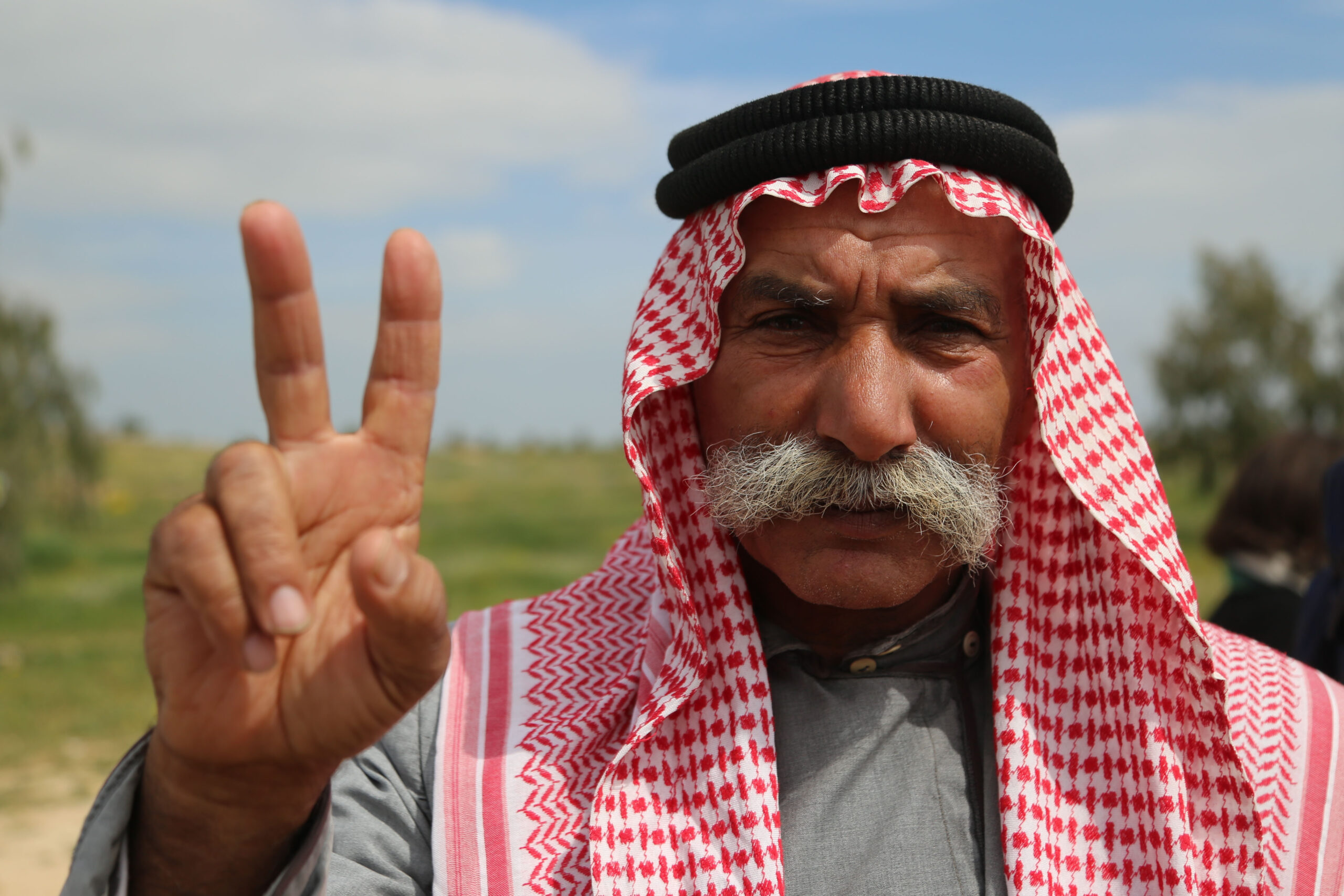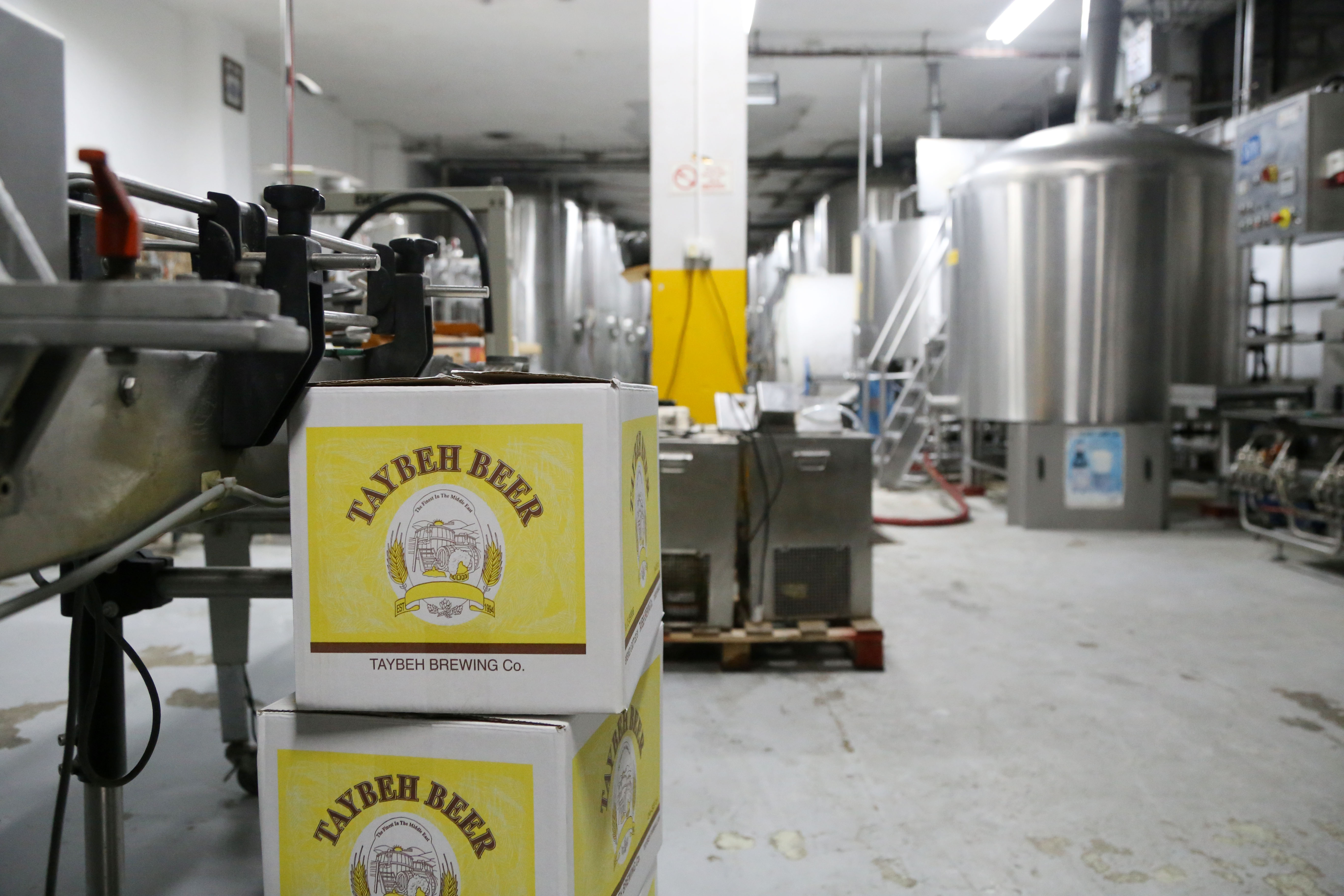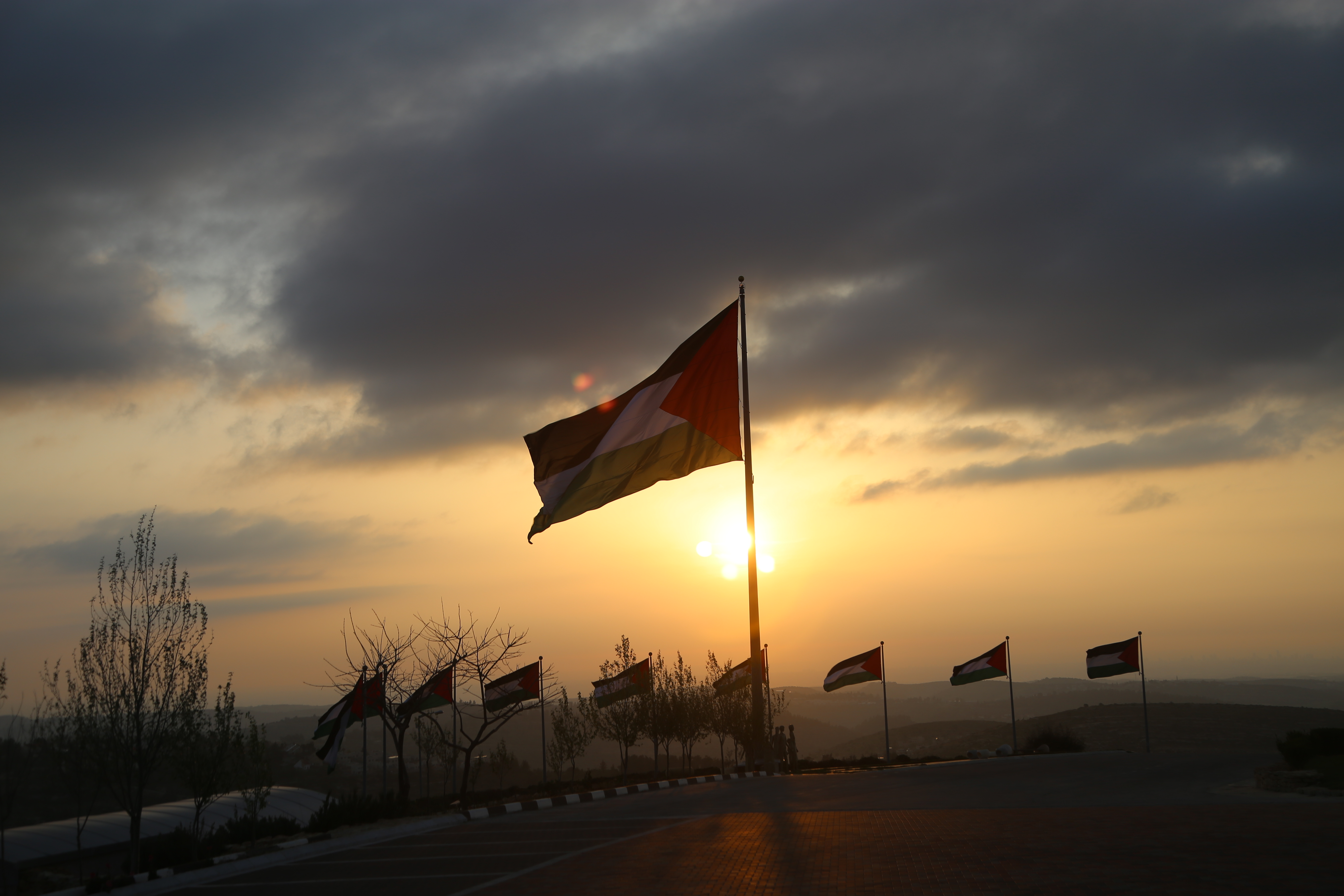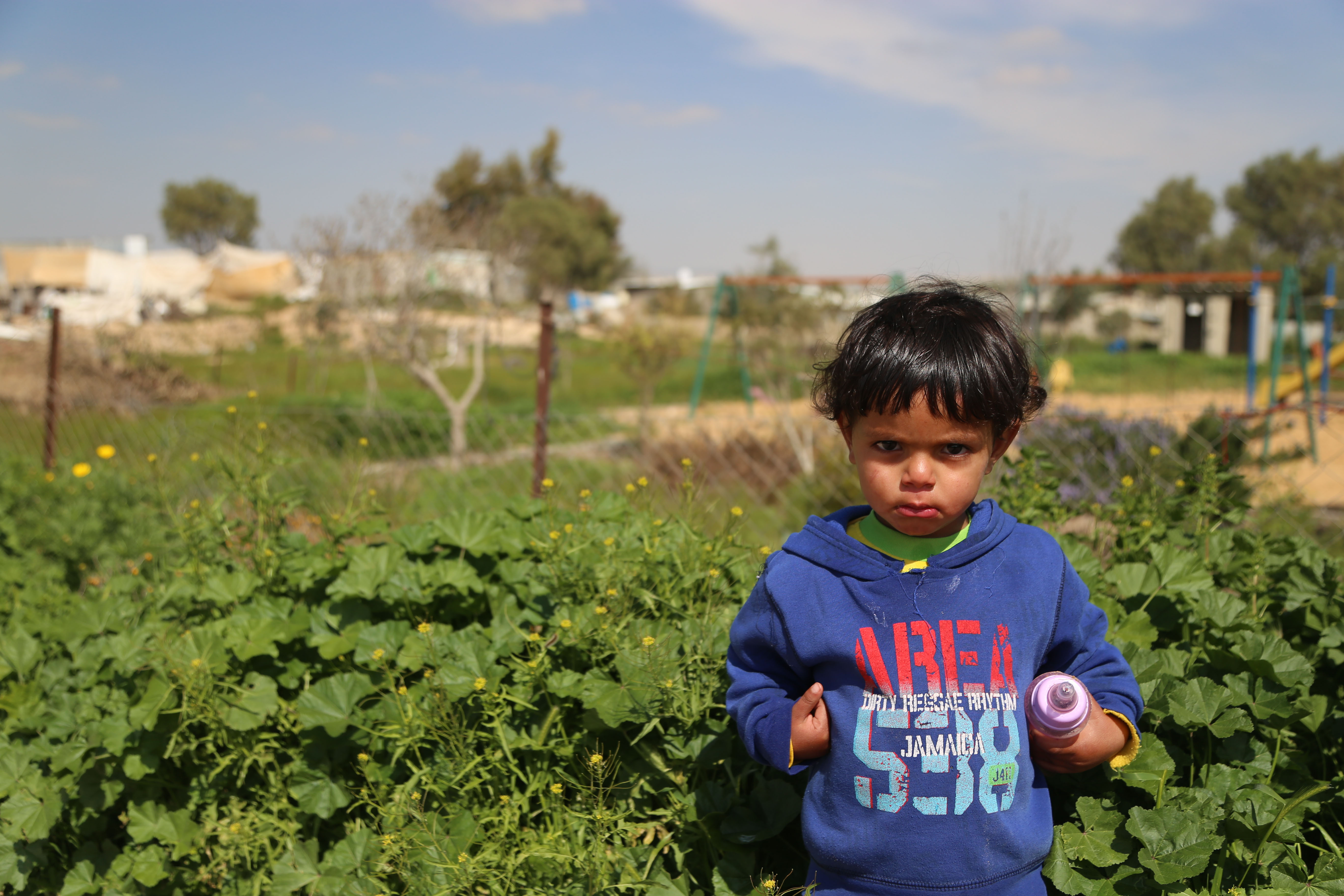As Israelis flocked to the polls in last week’s elections, the West Bank remained calm. The 4.1 million Palestinians living in the West Bank and Gaza do not have the right to vote. Life went on as usual while only kilometers away, Israelis elected leaders who will determine policy affecting the Palestinians’ fate.
Here are scenes from Palestine on election day and the day immediately preceding election day.
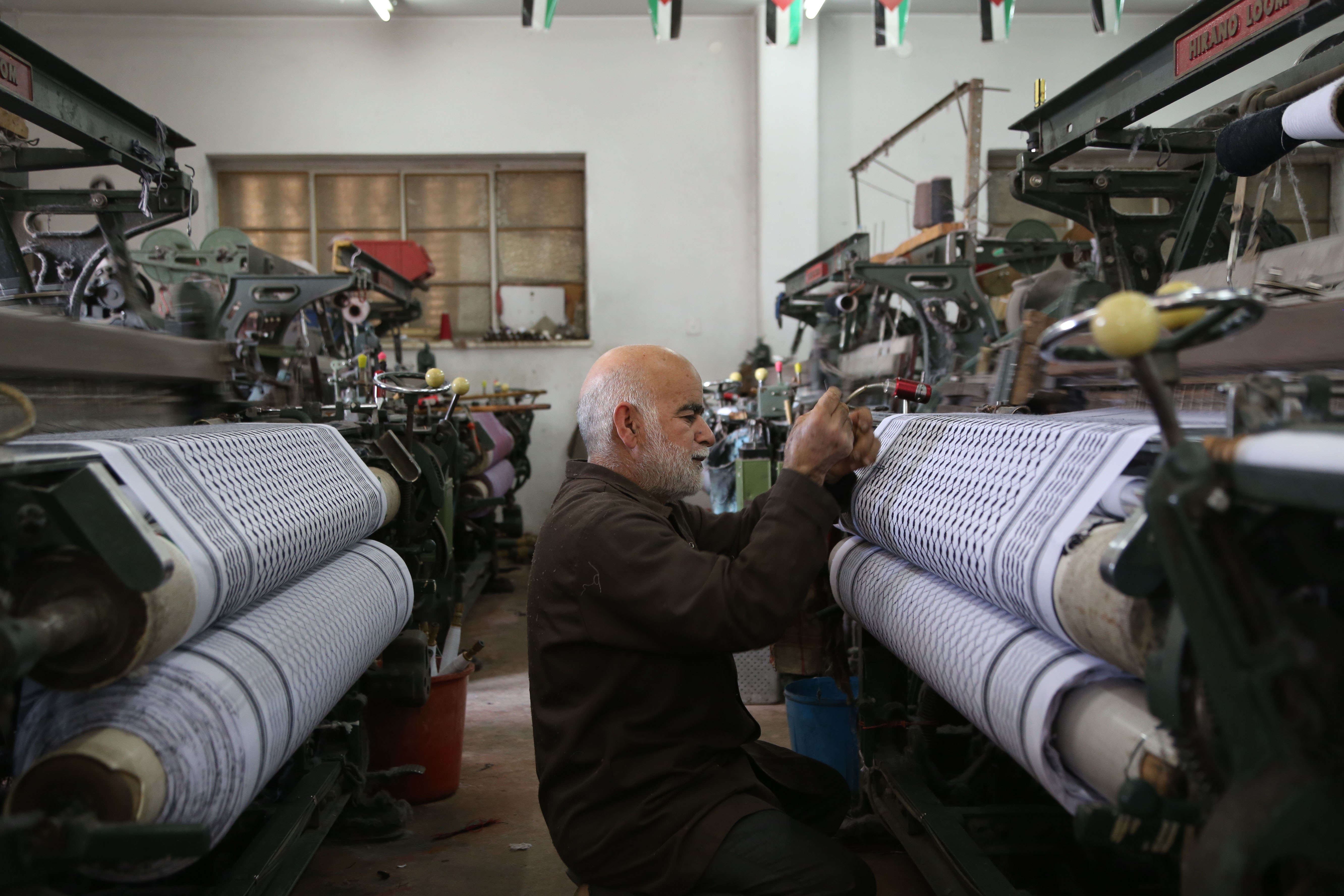
Abu Yaqub has been working in Hebron’s keffiyeh factory, Hirbawi, for 46 years. Hirbawi is the last remaining keffiyeh factory in Palestine, struggling to remain open in the face of cheap imports. Since as early as the 1930s, the keffiyeh has been a symbol of Palestinian pride and solidarity.
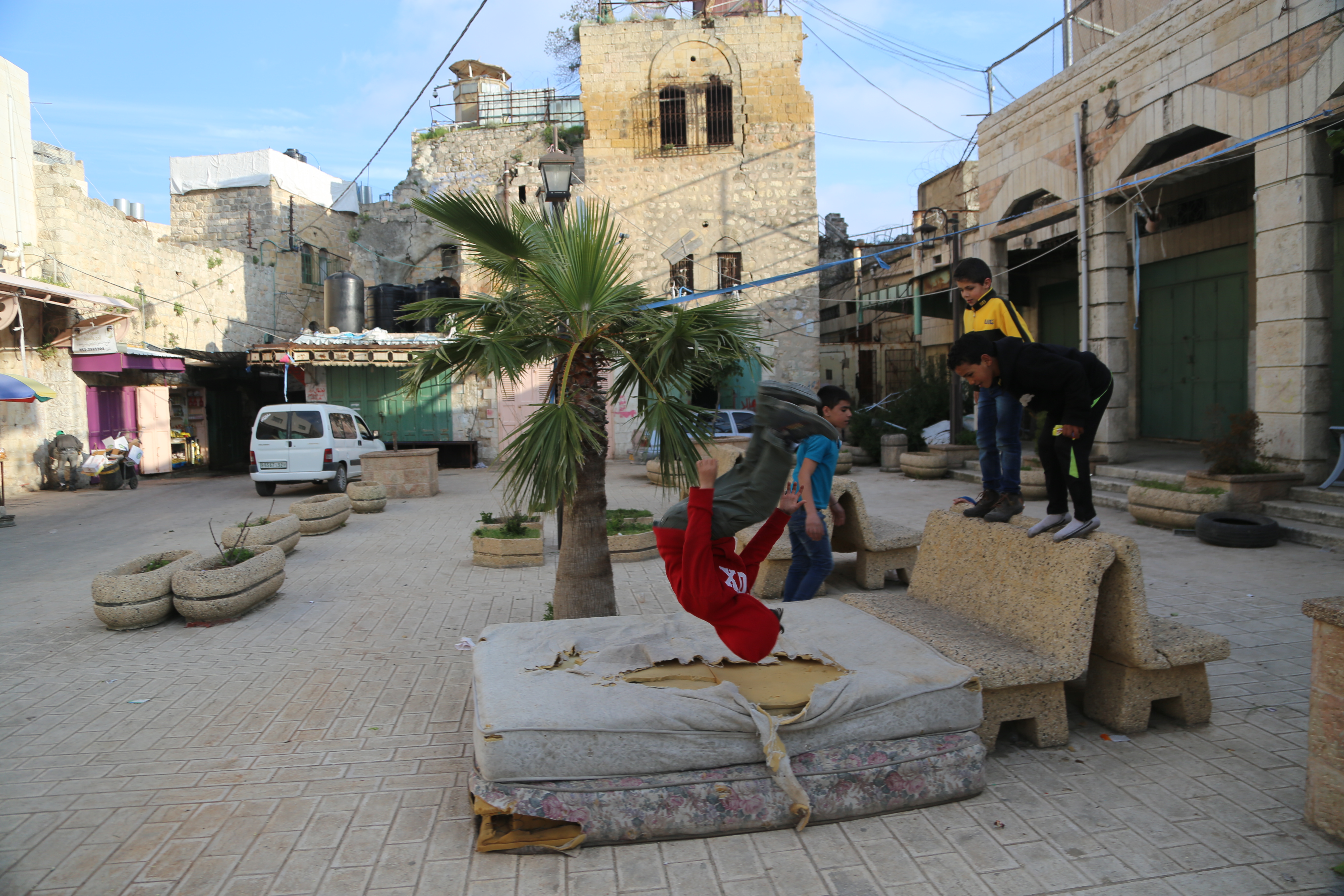
Palestinian kids play in Hebron feet away from Israeli settlements and the gated-up Shuhada Street, the former commercial hub of the city that was closed after the 1994 Ibrahimi Mosque massacre.
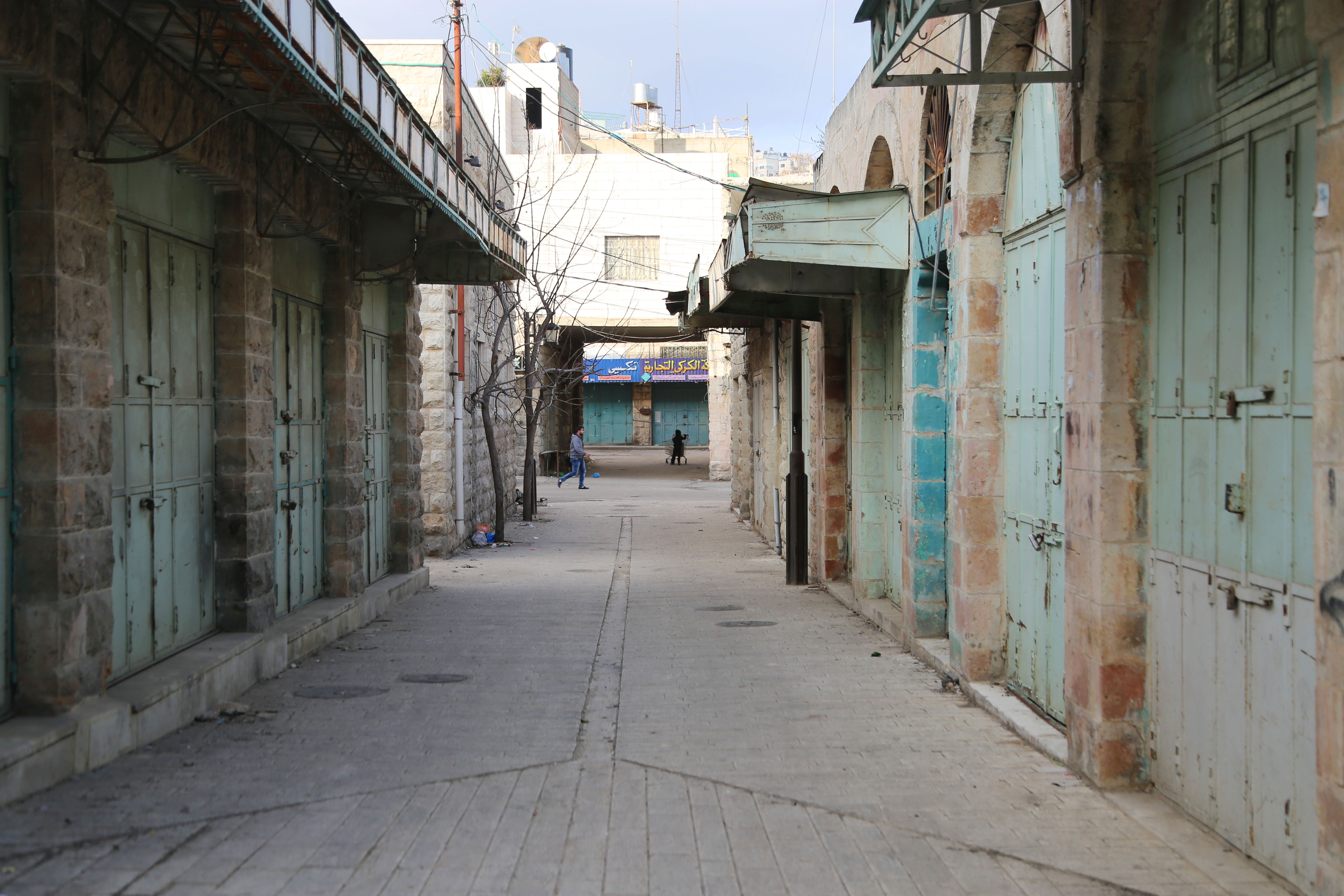
The maze-like old quarter of Hebron, a city in the West Bank home to nearly 250,000 Palestinians, used to be the region’s hub of commercial activity. Because Hebron is often regarded as the second most holy city in Judaism after Jerusalem, nearly 800 Israeli settlers have moved into the city, and violence between Israeli settlers and the city’s Palestinian inhabitants has transformed the downtown area into a ghost town. Shops have shuttered, roads have been closed to Palestinians, and the whole area feels eerily silent.
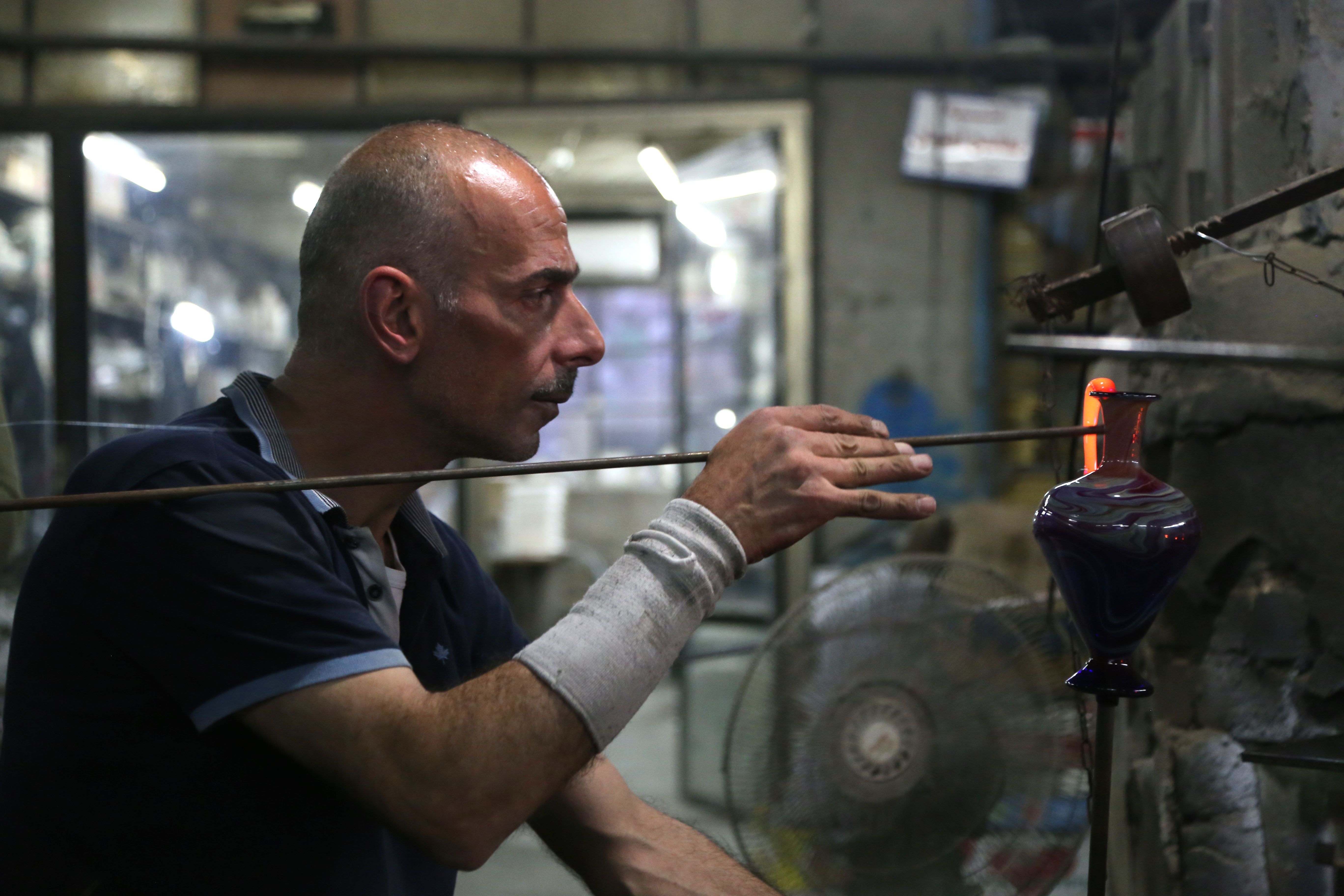
A glassblower works in the West Bank city of Hebron. The glass-blowing industry was established in Hebron during the time the Romans ruled the region, and the city has been known for its craft ever since.
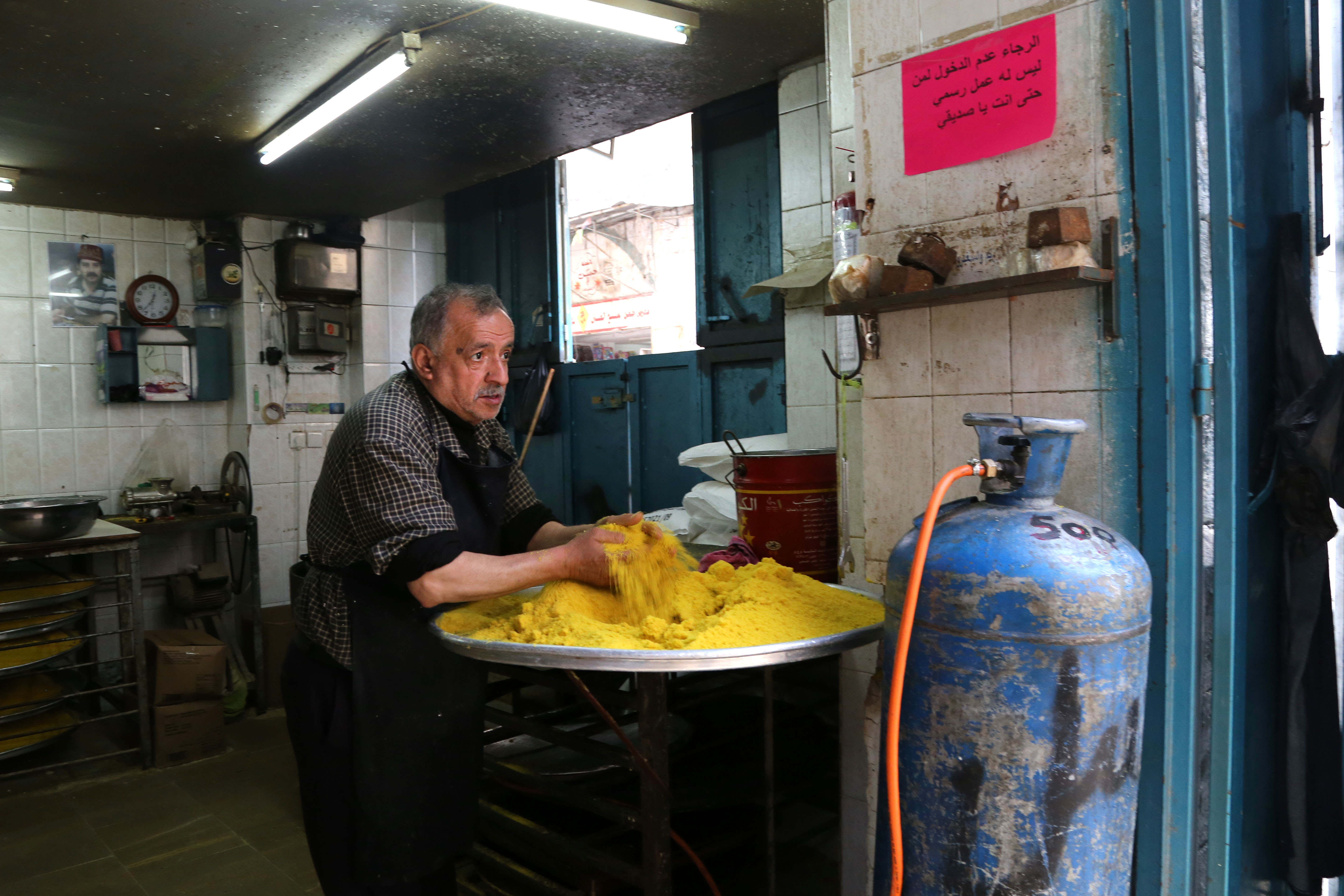
A shop owner in the old city of Nablus makes Kanafeh, a popular dessert made of soft cheese, pastry, and topped with a sugary syrup.
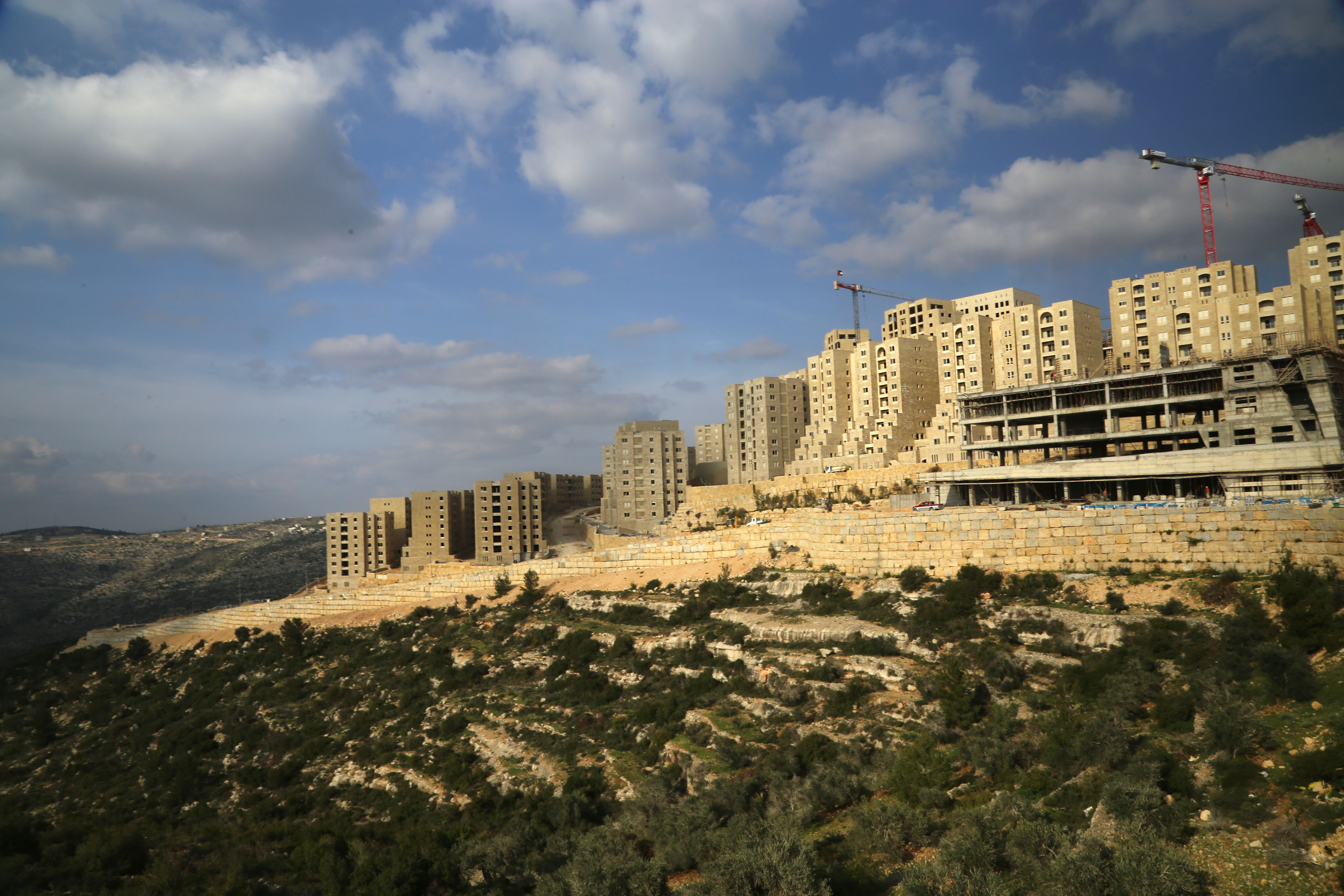
Construction nears completeion on Rawabi, the first planned city in the West Bank. Rawabi aims to house between 25,000 and 40,000 inhabitants. Only two weeks ago, developer Bashar al-Masri announced he would finally be able to connect the billion-dollar investment to the Israeli water grid, marking the final step before the city’s first residents can move in within a few months.
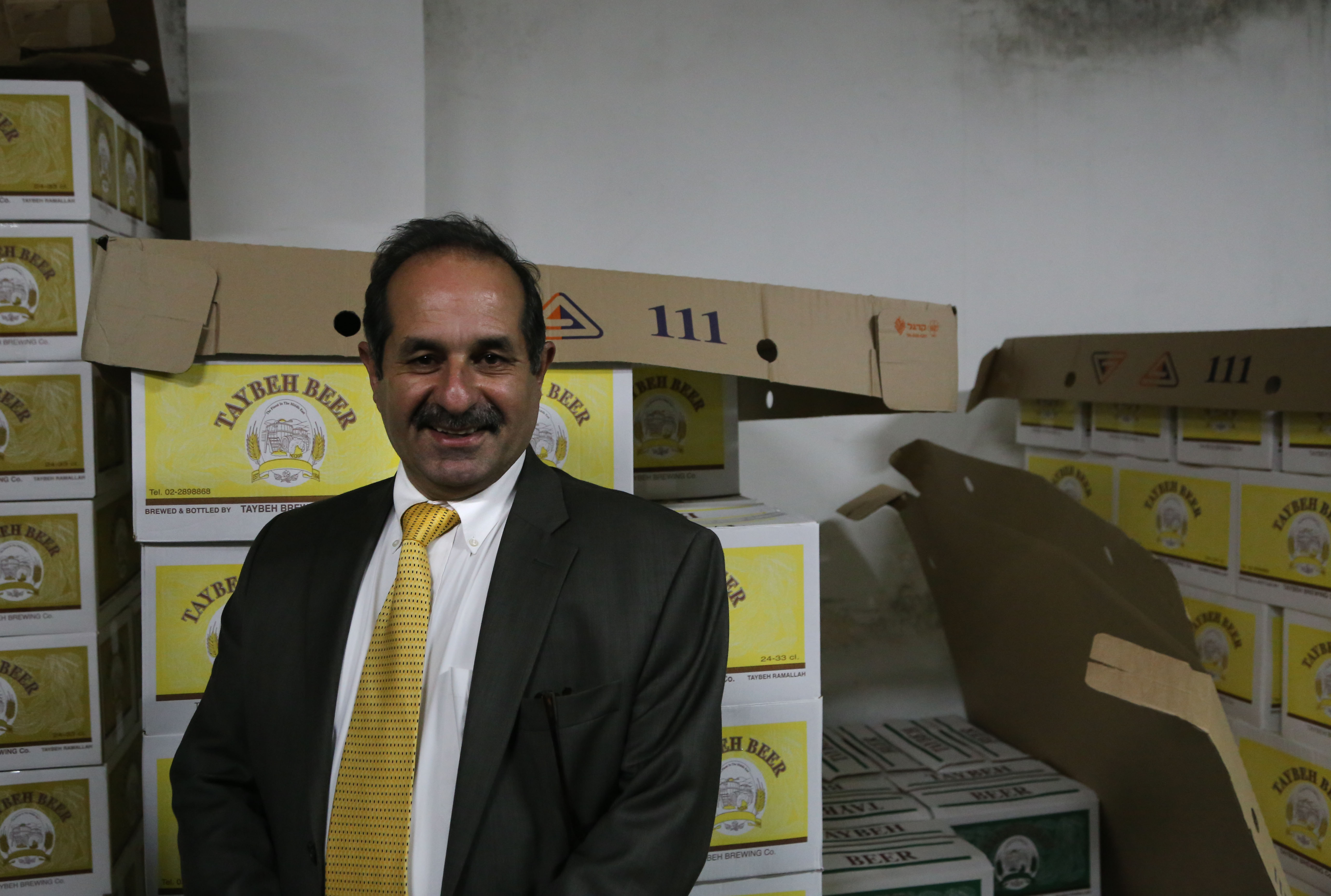
Nadim Khoury owns the Palestinian brewery Taybeh in the eponymous West Bank Palestinian Christian town. The Khoury family moved from the Boston area back to their hometown of Taybeh after the Oslo Accords were signed, and they have been the West Bank’s main brewery since.
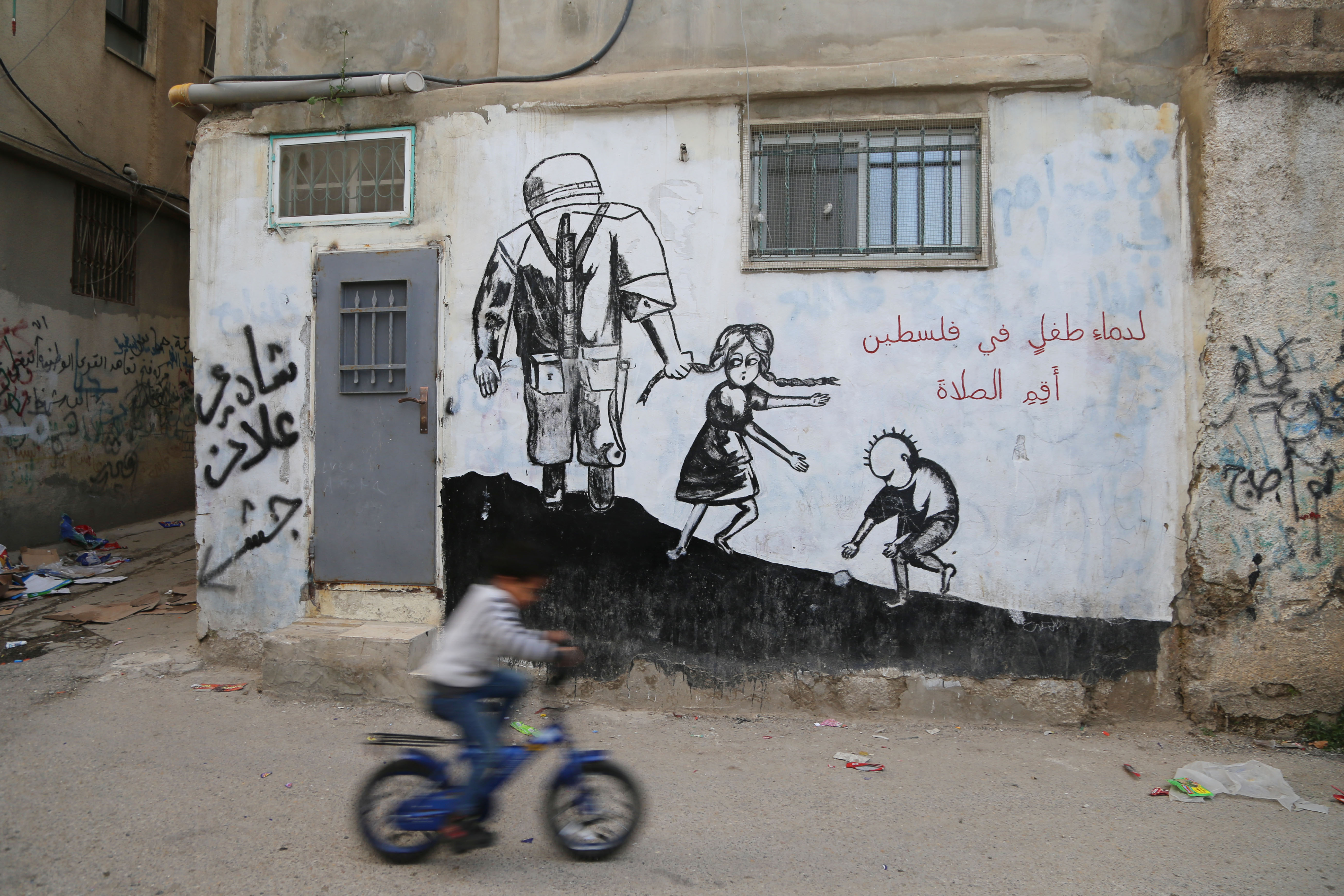
A child bicycles by a mural in Aida refugee camp. Aida is one of the 58 recognized refugee camps established after 1948 to accommodate Palestinians who were expelled in the 1948 Palestinian exodus. Keys are a popular motif of the camp, because many of the camp’s refugees still have their keys to their 1948 homes. Aida means “one who will return.”
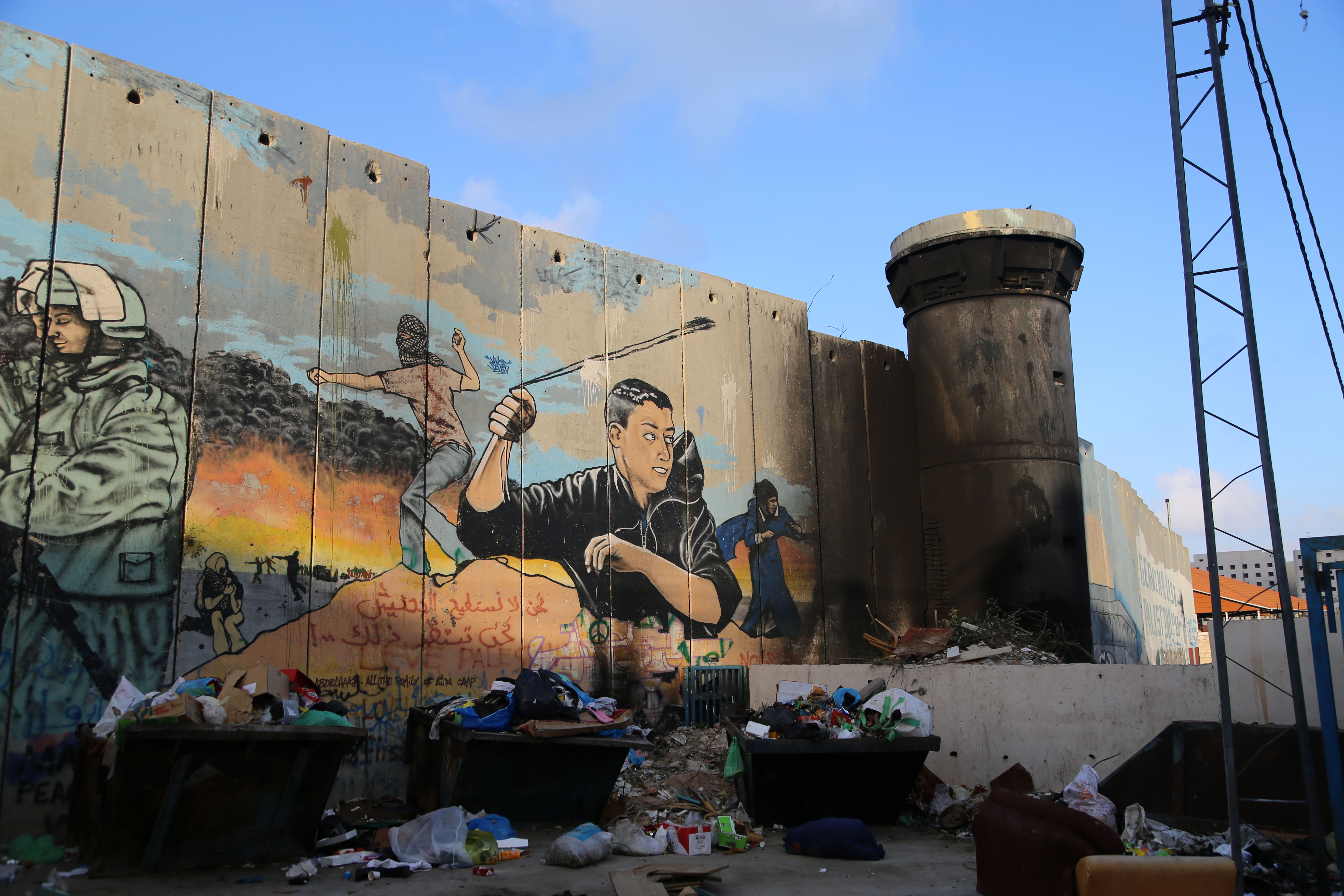
Murals line the wall just outside of Aida refugee camp. Youth from the area set the Israeli Defense Forces watchtower on fire in March 2014 after clashes between Palestinians and Israeli forces left more than a dozen Palestinians shot.
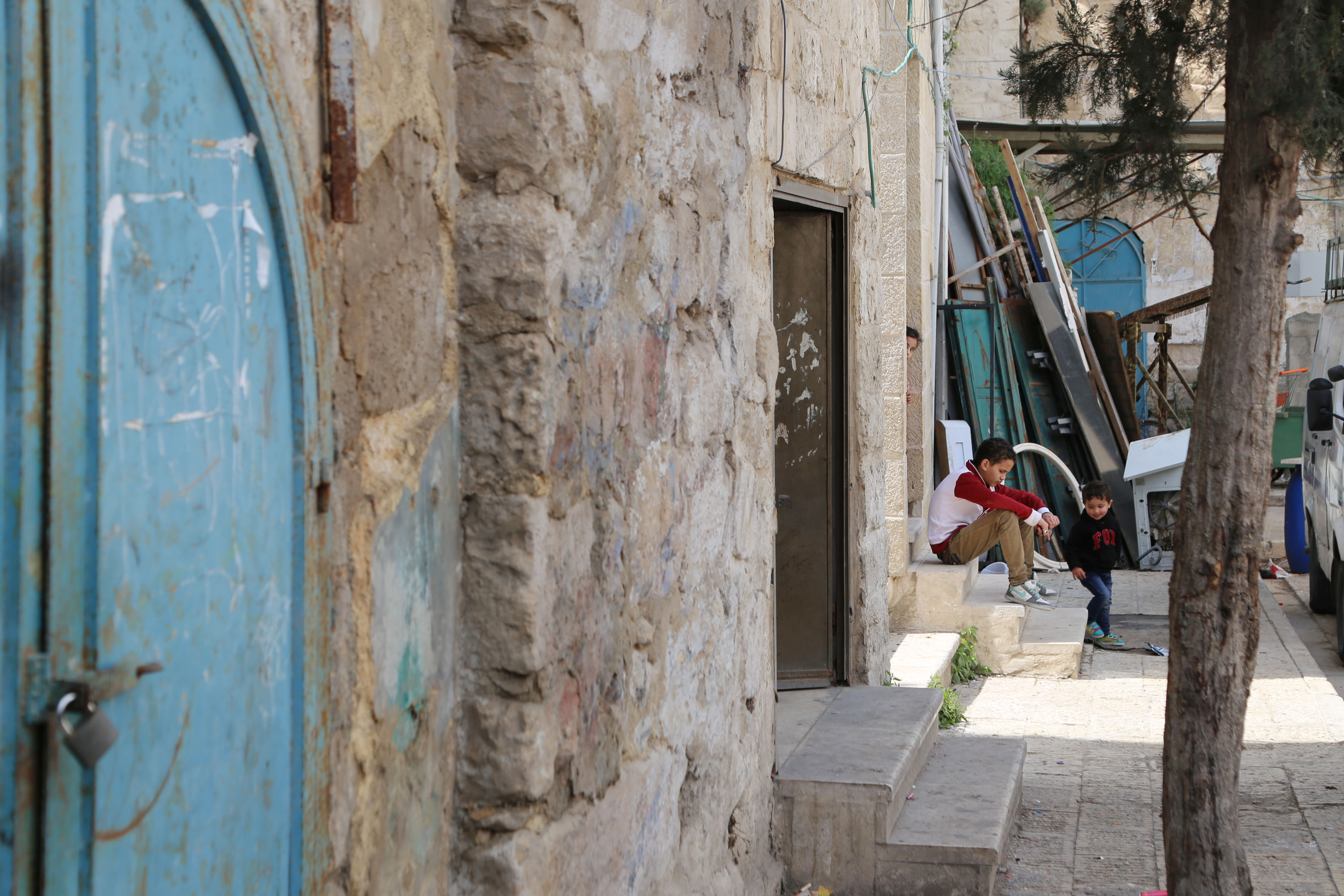
In the old city of Nablus, boys sit outside a home that was rebuilt after being destroyed by bulldozers during the second intifada, killing eight members of three generations of the Palestinian family sleeping inside.

A little girl named after her village, Al Raqeeb, stands outside the tent structures built by international and Israeli civil society groups that now make up the Bedouin village. When her family went to the hospital for the birth of her older brother in 2010, Israeli forces demolished the village for the last time. Because of this, her parents named her in the village’s honor.
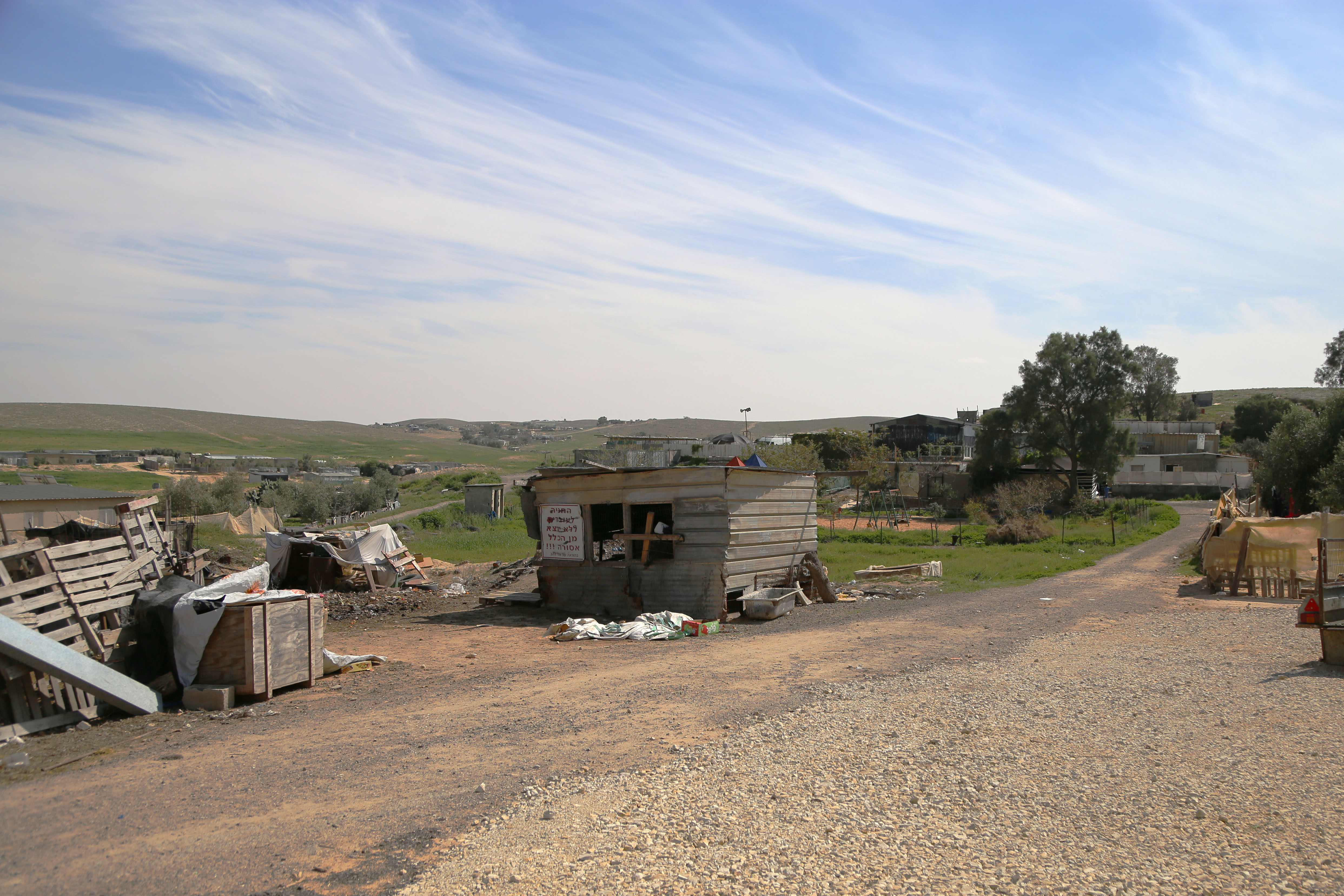
Khashem Zaneh is another unrecognized Palestinian village in the Israeli Negev that is unrecognized by the Israeli government. Khashem Zaneh began 70 years ago when Israeli forces evacuated Palestinians from their homes for military exercises, telling them they could return in six months. Since then, the town of 2,500 has not had access to electricity or water, though Israeli towns across the street have both. Like citizens of Al Raqeeb, the population of Khashem Zaneh can vote because they live within Israel’s boundaries, not the West Bank, however they worried about finding transportation to the polls.
